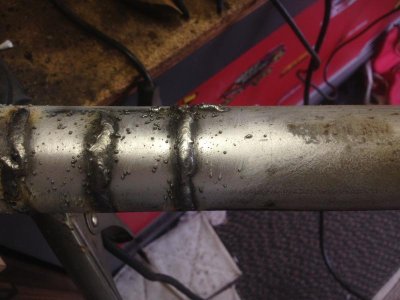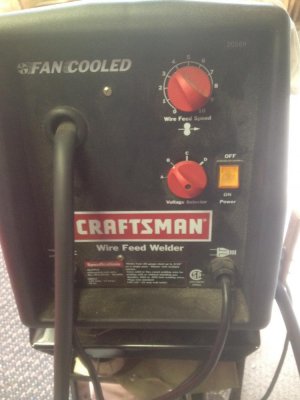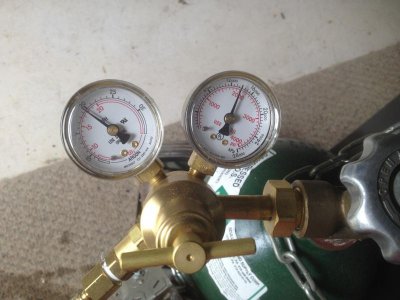All of you guys doing great bodywork have inspired me and I am going to try and tackle replacing at least the trunk floor on my 70 Road Runner. One problem: I really don't know how to weld. :sad10:
Well, I have to start learning somewhere, so I cut several "slices" into an old exhaust pipe and welded them back up. I am slowly improving, although I have a long way to go!
The problem I have is, no matter what, I still get a bunch of tiny spatters all over.
Can any of you welding experts help me with the gift of some tips to help me improve? Much appreciate any advice to help me along...
Here is what I got - not the best setup in the world, but it is what I have to work with.
My Results:

My Welder and setting used:

My CO2 Argon mixture settings:

Well, I have to start learning somewhere, so I cut several "slices" into an old exhaust pipe and welded them back up. I am slowly improving, although I have a long way to go!
The problem I have is, no matter what, I still get a bunch of tiny spatters all over.
Can any of you welding experts help me with the gift of some tips to help me improve? Much appreciate any advice to help me along...
Here is what I got - not the best setup in the world, but it is what I have to work with.
My Results:

My Welder and setting used:

My CO2 Argon mixture settings:

















